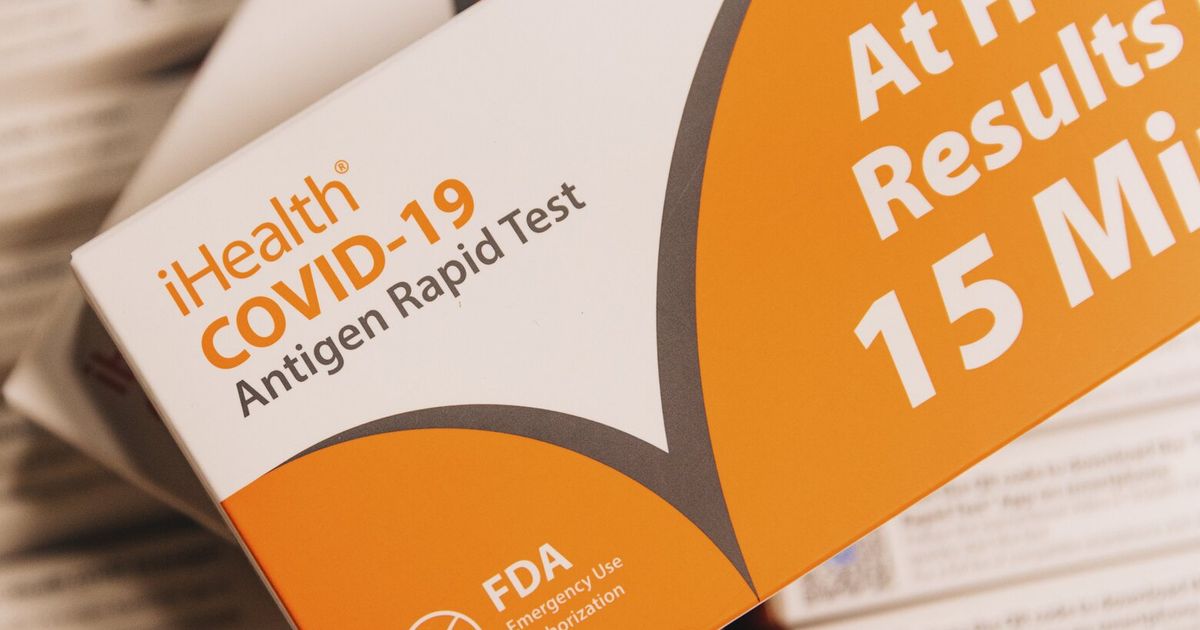As new variants of the coronavirus continue to gain traction, doctors and researchers are bracing for a potential rise in cases this summer. KP.2, one of these variants, now accounts for 28.
5% of cases, and data from the Centers for Disease Control and Prevention shows a small increase in COVID-related emergency room visits and positive tests. Here’s what to know about symptoms, testing and treatment if you do fall ill: Symptoms to watch out for There’s no evidence that symptoms of the new dominant variants, including those collectively known as the “FLiRT” variants, are any different from other recent strains of the virus, said Aubree Gordon, an infectious-disease epidemiologist at the University of Michigan. The symptoms still include sneezing, congestion, headaches, sore muscles, nausea or vomiting.

Many people also report exhaustion and a general “blah” feeling. In general, the more immunity you’ve built up from vaccination or past infections, the milder your next bout with the virus is likely to be. (Although it’s possible to experience more intense symptoms with a new infection than you’ve had in past COVID cases.
) The symptoms of COVID can look similar to those caused by allergies or other infections. The best way to tell the difference is to test. When (and how) to test In an ideal world, experts said, people would take a COVID test as soon as they develop symptoms or learn they were exposed, and then test again a day or two later.
But if you only ha.























